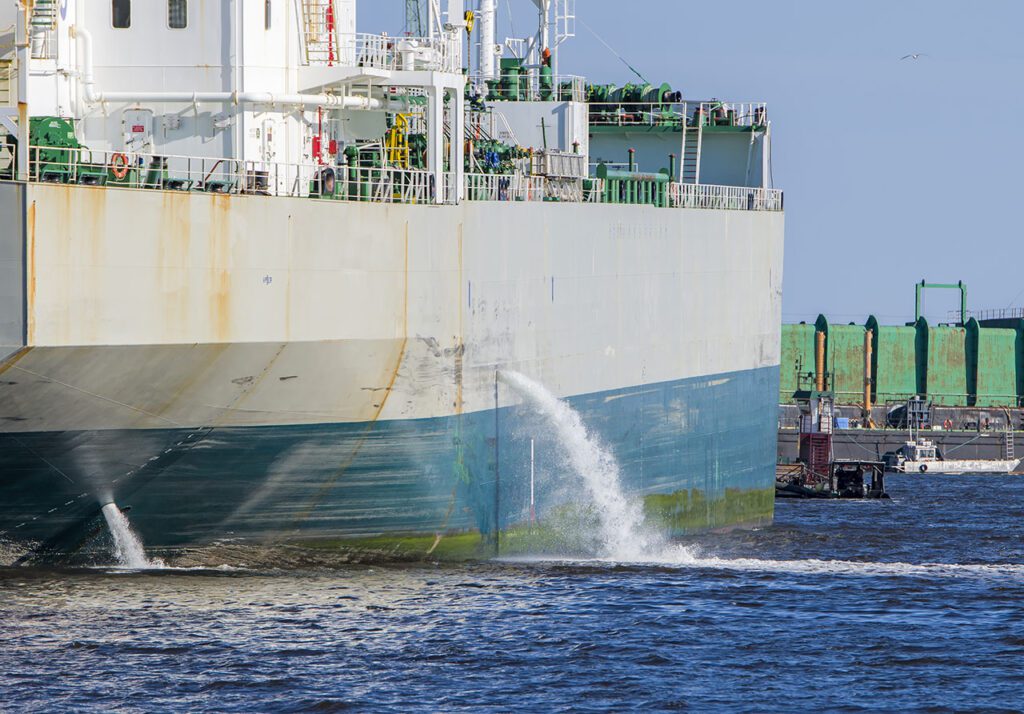Introduction
Members engaged in international trade will be aware that the Ballast Water Management (BWM) Convention’s first stage ballast water exchange requirement (Regulation D-1) came into force in 2017. The second stage (Regulation D-2), which ends the ballast water exchange process and obligates ballast water treatment instead, becomes mandatory on 8 Sept 2024. This Risk Bulletin reviews the BWM D-2 requirements and the compliance steps necessary to avoid PSC detention and/or port state penalties and fines.
Background
Members will be aware that ballast water can contain many aquatic species which may later become invasive and harmful when released, unmanaged, into a new marine location at a distant load port. The BWM Convention was created to prevent global sea and river water contamination and associated ecological dangers, and public health issues. Regulation D-1 required all ships (over 400 GT and engaged in international trade) built before 2017 to exchange their water ballast while at sea (preferably more than 200 n. mi. from land) and for all vessels built during or after 2017 to be fitted with a Regulation D-2 ballast water treatment (filtering and disinfection) system.
Vessels built before 2017 and permitted to use a D-1 ballast exchange process were later required to retrofit D-2 ballast treatment systems no later than their next International Oil Pollution Plan (IOPP) Certificate survey. MARPOL Annex 1 provides that IOPP certificates are valid for five years. Accordingly, all vessels built before 2017 were originally intended to have been D-2 retrofitted by 2022.
The original 2022 D-2 compliance deadline failed, due primarily to the COVID-19 pandemic shortage of IMO approved system equipment and shipyard capacity for installation. The IMO then agreed a two-year extension to 8 Sept 2024. However, despite this extension and likely due to the high cost of D-2 equipment and installation (the ICS ‘Treating Ships’ Ballast Water’ webpage estimates the cost as being between USD 1 to 5 million per vessel), there appears to be a significant number of BWM Convention regulated vessels which have not yet been certified as D-2 compliant.
NOTE: The publication ‘Shipping Watch’ estimated in July 2021 that there were then about 35,000 vessels that required BWM D2 system retrofitting. This equated to a need for 875 installations per month for all vessels to meet the BWM 8 Sept 2024 deadline. An internet search does not provide an end 2023 update of installation numbers, but the indications are that the completion target may not be met.
BWM D-2 Compliance Requirements
As advised above, the BWM Convention applies to all vessels of 400 GT or more which are engaged in international trade and which intake and discharge sea or river ballast water for operational and stability purposes. Exemptions apply to vessels operating only in domestic trade and may also apply to ferries that trade internationally between two named ports. If Members are in any doubt as to BWM application, they should confer directly with their flag state authority and/or its appointed ROs.
Members should also note that the BWM Convention has already entered into force in 95 of the IMO’s 174 member states. If a flag state has not ratified the BWM Convention (e.g. Tanzania), this does not (under the IMO’s ‘no more favourable treatment rule’) exempt a vessel from BWM equivalent compliance in a port state that has ratified the BWM convention.
In summary:
- All BWM regulated vessels built during or after 2017 must currently carry a BWM D-2 Certificate to confirm that an approved ballast water treatment system is installed on board and tested.
- All BWM regulated vessels built before 2017 must currently carry a BWM Certificate to confirm compliance with the BWM D-1 ballast water exchange standard. If the vessel has been subsequently retrofitted with a D-2 ballast water treatment system, a BWM Certificate is required which confirms a D-2 system is installed on board and tested such that it can be used on and after 8 Sept 2024.
- All BWM vessels must carry an approved BWM Plan and up-to-date Record Book.
Members should therefore carefully check the BWM certification for all their BWM regulated vessels. If any of your vessels are still operating with BWM D-1 ballast water exchange only Certificates, then it is important that priority plans be made for D-2 ballast treatment systems to be installed and tested to flag state BWM D-2 requirements well before 8 Sept 2024.
NOTE: In terms of timing, another ‘Shipping Watch’ article reports a Lloyd’s Register BWM specialist as advising, “Typically, you need around six months to plan, order and install a ballast water equipment system. And that is the worrying part.”
Plan preparation should include communications with your flag state authority and their RO to confirm BWM D2 requirements as well as with your vessels’ Class society, IMO/BWM approved ballast water treatment system suppliers and shipyards to organise D2 system equipment purchase and installation as soon as possible.
BWM D-2 Compliance References
The IMO Ballast Water Convention web page should be of assistance to Members despite the fact its FAQ pages do not appear to have been kept fully up to date.
Another useful source of information is the Lloyd’s Register link for obtaining their 2019 pdf publication ‘Understanding Ballast Water Management’. It includes a detailed explanation of it the different types of ballast water treatment systems available and their operation. Reference is also made to USCG requirements which are even more stringent than BWM Convention requirements but should not impact MM Members.
Members may also be interested in the book ‘Ballast Water Management’ 14th Ed., Sept 2023, price GBP 375.00. It provides a relatively expensive but comprehensive, inclusive of advice on ballast water treatment system efficacy and choices as well as installation and operational advice.
Crew Awareness and Training BWM
It is essential that Masters and all crew involved in ballasting, de-ballasting and the operation of BWM treatment systems receive comprehensive training relating to BWM Convention requirements, the operation and maintenance of the of the installed system and the sampling of ballast water in accordance with the IMO Guidelines for Ballast Water Sampling (G2).
Additionally, Members should ensure that their Masters and crews fully understand the content of the IMO Guidelines for Port State Control Under the BWM Convention. This IMO resolution details the PSC sampling and testing process (which should follow the aforesaid G2 Guidelines) and the circumstances that may lead to vessel detention or banning.
Members should also direct their Masters and crew to the IMO’s compilation of all BWM mandatory instruments and guidelines as listed in the IMO Guidelines and Guidance Documents related to the BMW Convention 2004 (as updated to Aug 2023). Particular attention should be given to BWM.2/Circ.20 Guidance to ensure safe handling and storage of chemicals and preparations used to treat ballast water and the development and implementation SMS safety procedures.
NOTE: To access the links in the above IMO document, it is necessary to establish a free IMO account. Prompts will be provided when a link is selected.
Conclusion and Takeaway
The implementation of the BMW Convention D-1 ballast exchange requirement has likely already contributed to meeting the UN’s Sustainable Development Goals (SDGs) in curtailing the spread of invasive marine species. The D-2 ballast treatment requirement (estimated as costing the shipping industry between USD 8-9 Billion) will come fully into force on 8 Sept 2024 and should greatly assist in accomplishing the UN’s SDG intended outcomes.
It seems unlikely that the IMO will grant any further time extension. Accordingly, MM Members who operate vessels built before 2017 which are regulated by the BWM Convention and have not yet been retrofitted to D-2 ballast treatment standards should take priority action to avoid anticipated equipment supply and installation bottlenecks. If not accomplished by the due date, it seems likely that vessels will be detained.
In addition to ensuring that all BWM regulated vessels (built both before and after 2017) are fully BWM D-2 ballast treatment equipment compliant, Members must also ensure full compliance with IMO/BWM Guidelines on system operation, ballast testing, crew training and safety. Members are therefore encouraged to bring this Risk Bulletin to the attention of their DPAs, ship managers and Masters. Members should also ensure that all shipboard and management office SMS manuals and procedures are updated to incorporate all BWM Convention and related crew safety requirements.
Finally, Members are respectfully reminded that MM cover for any penalties or fines levied for contravention of BWM Convention obligations will be subject to the Association’s General Rules and Rule 4.23 under Class I and Class VI relating to fines. Members’ attention is drawn to the fact that cover relating to BWM infringement and/or non-compliance and any fines imposed are solely at the discretion of the MM’s Board of Directors.

